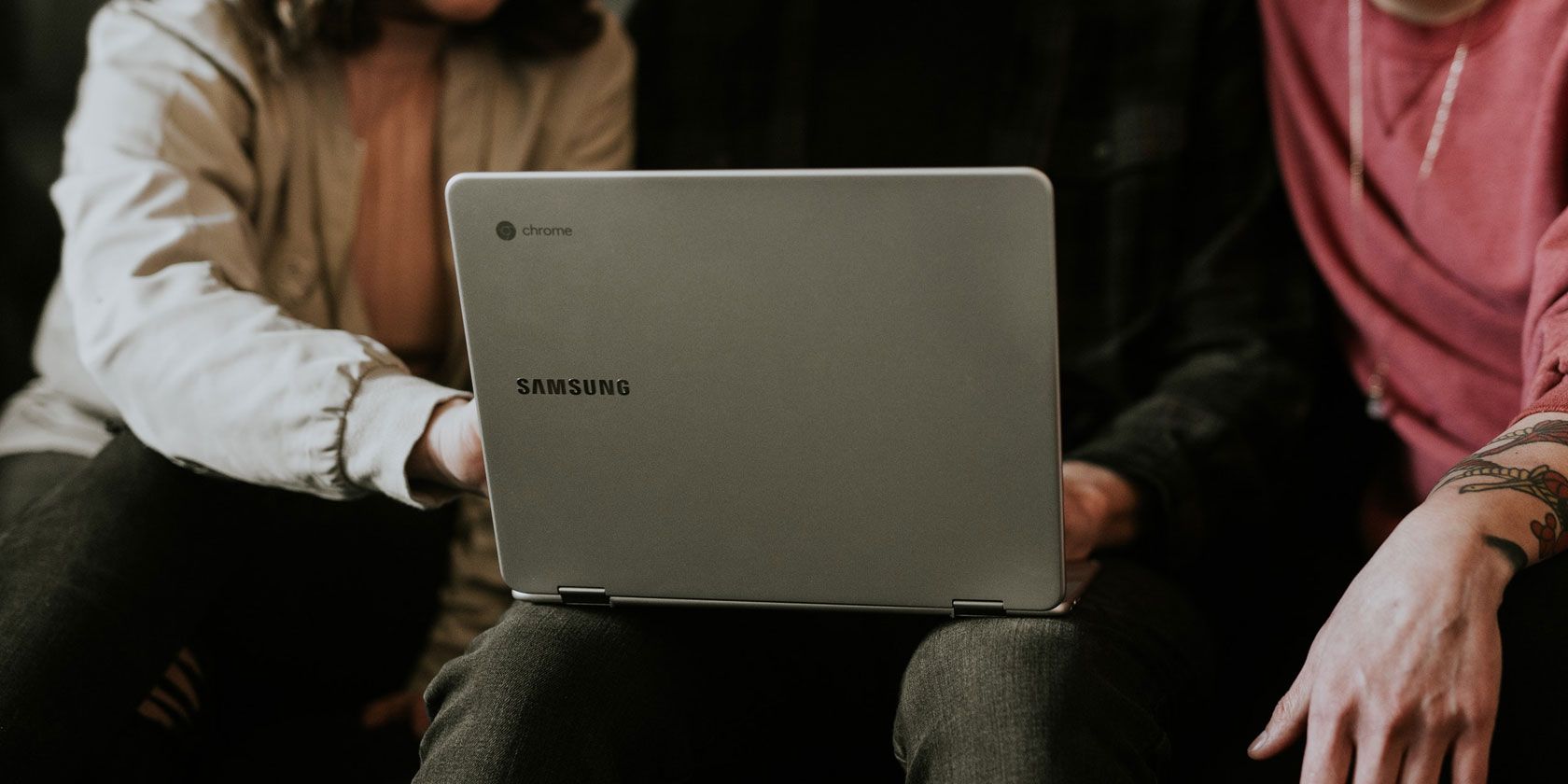
Google wants to replace your computer with an operating system that, on the surface, might seem like just a web browser. But when you want to get work done, you need those desktop-grade multitasking tools, and easily switch between multiple apps and windows.
And in spite of what you may believe, Chrome OS has good multitasking support.
1. Check Open Apps With Overview

The Overview screen, as its name suggests, is a way for you to look at all the active apps. From there, you can quickly locate and jump to another window or close the ones you think are no longer required.
In laptop mode, there are two methods for firing up the Overview page. You could either perform the three-finger swipe down gesture on the touchpad or press the dedicated key available on your Chromebook. It’s usually the sixth button from the left on your keyboard’s top row.
(New to Chromebook? Check our Chromebook beginners guide to get started.)
When your Chromebook is in the tablet position, the Overview screen can be accessed by swiping down at the top of your screen. Switching to the tablet mode also brings a special button at the extreme right on the taskbar for triggering Overview.
2. Manage Two Apps or Windows With Split-Screen

The split-screen tool is the cornerstone of the Chrome OS multitasking capabilities. For the uninitiated, split-screen essentially means you can place two apps or windows side by side and work on them in parallel.
In tablet mode, split-screen can be accessed by swiping down from the top of your screen and placing the window on either side. Then, you can select which one of the available (and compatible) windows goes on the other side.
In addition, there’s also a line at the center which you can drag in any of the two directions to adjust their sizes.
To put apps in split-screen when your Chromebook is in the laptop position, drag the window to one of the sides and it will automatically occupy half of the screen. Repeat the same gesture to place the second window.
Alternatively, you can employ the keyboard combination, Alt + ] or Alt + [ for docking apps in split-screen. The same can be also done by pressing and holding an app window’s maximize button and dragging it to either side of the screen.
3. Switching Between Apps and Tabs
To instantly hop between apps on Chrome OS, use the universal Alt + Tab shortcut. For doing the same with browser tabs, however, you can use either the Ctrl + Tab combination or swipe left or right with three fingers on the touchpad.
In the tablet mode, unfortunately, you don’t have any options other than going to the Overview screen or pulling up the shelf.
4. Quickly Go Back and Forth in Chrome
If you’re a Chromebook owner, chances are you spend the majority of your time in the browser juggling between numerous pages and tabs. And if you find yourself reaching for back or forward buttons way too often, here’s how to do it with the touchpad or the touchscreen.
When you’re in the laptop mode, you can go back and forward on Google Chrome by swiping with two fingers to the left or right on the touchpad.
The gesture remains the same for tablets as well except there, you need to swipe with one finger and of course, do it on the display rather than the trackpad.
5. Mastering the Shelf in Chrome OS

Customizing the taskbar (labeled “the Shelf”) is equally important as well. There are a couple of personalization options available when you long-press it, such as changing its position, or deciding whether you’d like it to be always shown.
One other Shelf function that can come in handy is app shortcuts. Whenever you long-press an app pinned to the Shelf, you’ll find a couple of quick actions you can quickly perform. For instance, Google Docs has three—New Doc, Templates, and Search.
6. Quickly Preview Files on a Chromebook

You’re probably accustomed to the Files app on Chrome OS but one nifty feature most users overlook is the preview shortcut.
Instead of double-clicking, you can quickly glance over a document or an image on Chrome OS by selecting it and pressing the space bar, similar to macOS. The preview screen will even display additional details such as the file size, resolution, and more.
Chrome OS offers several privacy tools, so don’t forget to secure those files.
7. Turn Web Pages Into Apps

If there’s a website you often visit, you should create a shortcut for it which lets you launch it in a dedicated window right from the shelf.
First, load the website and in the overview menu, under More Tools, select create a shortcut.The site will then be added to the shelf.
To make sure the site launches in a dedicated window, double-click its icon on the shelf and in the first list, select New Window.
8. Enable the Floating Keyboard

Virtual keyboard taking up too much space in tablet mode? Make it float.
The virtual keyboard on Chrome OS has an option to shrink and turn into a floating one just like its Android counterpart. All you need to do is click the icon in the middle. To return to the original size, press it again.
Switch to the Chrome OS Dev Channel
With more users learning about Chrome OS and its advantages over traditional operating systems, Google has been on an update spree releasing features left and right.
And if you’d like to experience them before anyone, try switching to the developer channel. Understand all the developer channels and their downsides before jumping the gun, though.
Read the full article: How to Multitask Like a Pro on Chromebooks: 8 Tips and Tricks
from MakeUseOf https://ift.tt/2rajkP5
via IFTTT

No comments:
Post a Comment